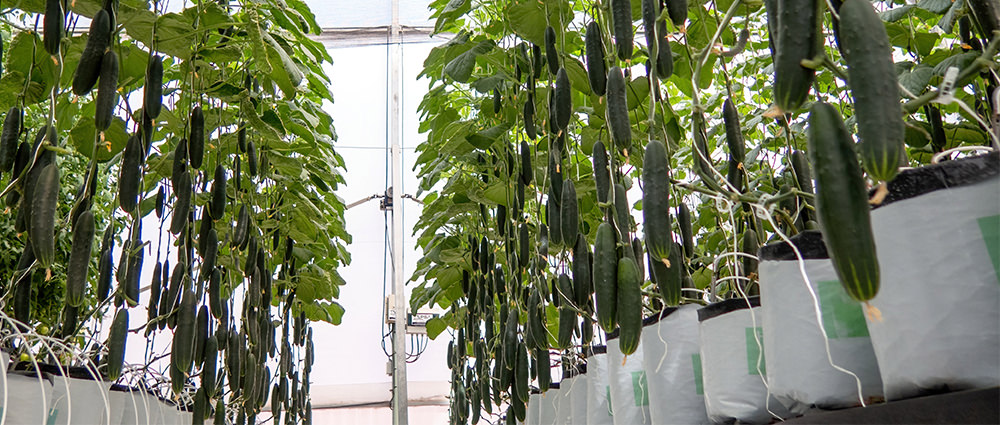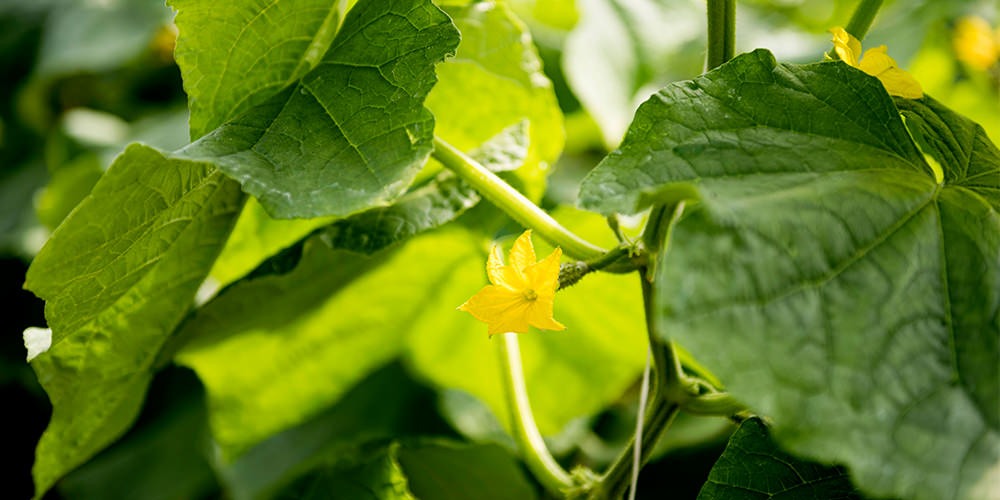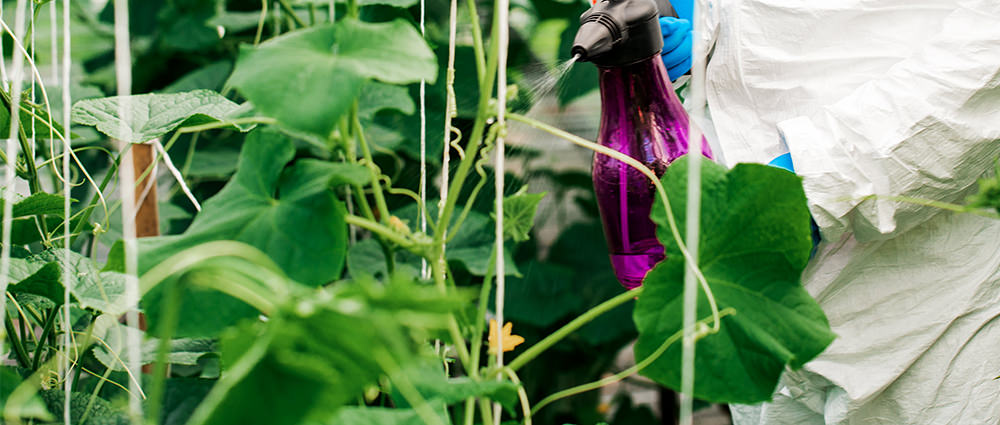Can Cucumbers Be Grown in Vertical Farms?
Vertical farming, the practice of growing crops in vertically stacked layers within controlled environment facilities, is revolutionizing the way we think about food production. By maximizing the use of space and resources, vertical farms are poised to play a crucial role in addressing the growing global demand for fresh, locally-grown produce while minimizing the environmental impact of traditional agriculture.
But can this approach accommodate vine crops like cucumbers? The answer is a resounding yes - with the right techniques and conditions, vertical farm cucumber production is not only possible but also highly efficient and sustainable. Farming enterprises such as iFarm and RIAT have successfully grown cucumbers without daylight in vertical farms.

Are cucumbers well-suited for vertical farming?
Cucumbers, those crisp, green wonders that grace our salads and sandwiches, are more than just a refreshing treat. They are also natural candidates for vertical farming. Let’s explore why.
Growth habits and advantages
Cucumbers, with their vining growth habits, are naturally inclined to thrive in vertical farming systems. As climbing plants, cucumbers are perfectly suited for vertical growth when provided with the necessary support structures, such as trellises or cages. This innate characteristic makes them excellent candidates for maximizing the use of vertical space in a controlled environment, allowing for efficient and space-saving cultivation.
Environmental control and consistent yields
Unlike traditional farms subject to the whims of weather and seasonal fluctuations, vertical farms provide a meticulously calibrated environment. Temperature, humidity, and, most importantly, light can be precisely controlled to create a haven for cucumber growth. This translates to consistent, high yields of cucumbers, regardless of the season or geographical location. This is where the difference between greenhouse and vertical farm cucumbers lies. Although both are grown vertically, greenhouse cucumbers depend a lot on the solar energy of the location, while vertical farm cucumbers do not.

The power of LEDs for vertical farm cucumbers
LED grow lights are particularly beneficial for cultivating cucumbers in controlled environments. Compared to traditional lighting sources, LEDs offer unparalleled control over the light spectrum, intensity, and distribution, allowing growers to create customized lighting conditions that optimize every stage of a cucumber’s growth cycle. Some LED grow lights are also dimmable, providing optimal light intensity for plants in different stages. From germination to vegetative, to flowering and fruiting stages, tailored light recipes maximize plant health, flower formation, fruit set, and overall yield.
The precise lighting management not only ensures consistent and high-quality cucumber production but also contributes to more energy savings within the vertical farming system. Here at Atop, we understand the power of light for vertical farming success. We offer a range of LED lighting systems designed for cucumbers. With our expertise, you can unlock the full potential of your vertical cucumber operation.
Additional considerations for vertical farm cucumbers
While the controlled environment and optimized lighting conditions of vertical farms provide numerous benefits for cucumber cultivation, there are additional factors to consider to ensure a successful and sustainable harvest.
Nutrient delivery and root zone management
In vertical farming systems, cucumbers are typically grown using hydroponic or aeroponic techniques, which eliminate the need for soil and rely on nutrient-rich water solutions to deliver essential elements to the plants.
These soilless systems allow for precise control over nutrient concentrations and pH levels, ensuring that the cucumber plants receive the optimal balance of nutrients throughout their growth cycle.
However, simply delivering nutrients isn’t enough. Proper root zone management is also critical. Unlike traditional farming with deep soil profiles, vertical farms might have limited space for extensive root systems. To compensate, it’s crucial to ensure adequate aeration around the roots. This might involve using specialized growing media or incorporating air pumps into the hydroponic or aeroponic systems, allowing the roots to breathe efficiently.
Additionally, selecting the right support structures for the climbing cucumber vines becomes important. These structures need to be strong enough to bear the weight of mature plants while also allowing for proper root zone development and air circulation.
Pests and diseases in a controlled environment
One of the perceived benefits of vertical farming is the reduced risk of pests and diseases compared to traditional soil farming. The controlled environment of a vertical farm minimizes exposure to external factors that can harbor pests or introduce pathogens. This translates to potentially lower reliance on pesticides and fungicides, resulting in a cleaner and more sustainable approach to cucumber cultivation.
While the risk might be lower, proper sanitation practices become more important in a closed environment. Regularly disinfecting equipment and maintaining proper hygiene protocols can help prevent potential outbreaks. Additionally, close monitoring of the plants for any signs of disease or pest infestation remains essential. Early detection and intervention can be crucial to nip potential problems in the bud before they impact yield or cucumber quality.

As we’ve explored throughout this blog, vertical farming not only allows for the cultivation of cucumbers but also provides an ideal environment for optimizing their growth, yield, and quality. The controlled environment and LED lighting provide benefits for vertical farm cucumber cultivation. However, growers should also consider nutrient delivery, root zone management, and pests and diseases in vertical farms to ensure successful operation.

